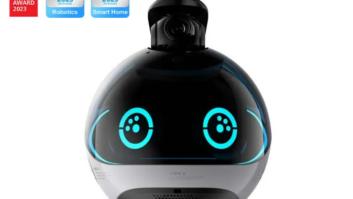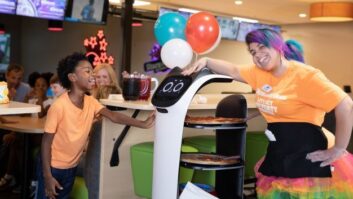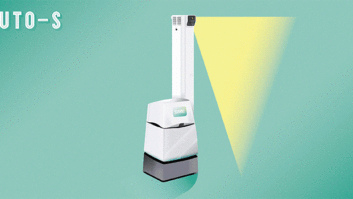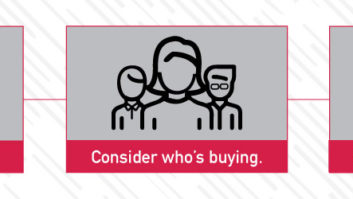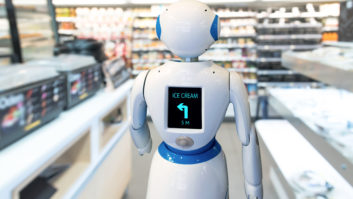Are you ready for the robot revolution?
A new study from Juniper Research posits that domestic aid robots will drive consumer robotics hardware revenues from an estimated $6.4 billion in 2018 to nearly $23 billion by 2022 — an increase of over 250 percent.
The study, “Consumer Robotics,” found that domestic aid robots such as robotic vacuum cleaners will account for 73 percent of total revenues by 2022. This will be due to increasing popularity of such devices from iRobot, Dyson, LG and Samsung. These have been joined by lower-cost devices, which will broaden the segment’s appeal.
See: Japanese Robotics Biz Helps Lick Laundry
Juniper’s study examined key consumer segments disrupted by robotics, analyzing metrics such as expected user benefits, barriers and ecosystem readiness. It identified three segments where robotics will have the greatest revenue potential: education, domestic aid and toys.
The study also found that despite popularity of domestic aid robots, the biggest growth area of consumer robotics will be in the educational area, representing an average annual growth of 40 percent in hardware revenues. Companies such as Anki and Wonder Workshop are joining established players like Lego in providing robotics focused on programming.
Juniper predicted that programming will become desirable in toys, as parents focus on educational benefits. Research author Nick Maynard explained: “With the disruption that AI and the changing nature of work will bring worldwide, STEM (science, technology, engineering and math) education will be more important than ever. Educational robotics is a brilliant way for parents to make these subjects engaging in the home.”
See: Anki’s Cozmo Shows Potential Of Smart-Toy Market
Meanwhile, the research found that healthcare robotics’ success will be more constrained. Long term, these robots are expected to act as home care givers; however, issues like cost and dexterity need further innovation before that is achievable.
As such, telepresence robots, with the ability to facilitate remote medical appointments, will remain dominant in the medium term. This limited functionality means the segment will grow at a lower compound annual growth rate of 24 percent to reach $422 million in revenues by 2022.




